Despite some concerns over the number of immigrants in the U.S., the foreign-born population has declined in recent years. But, in 2022, figures started to rise again as people moved around after the pandemic. We take a look at the distribution of foreign-born residents in the U.S. by looking at the states with the highest number of immigrants.
California (26.7%)
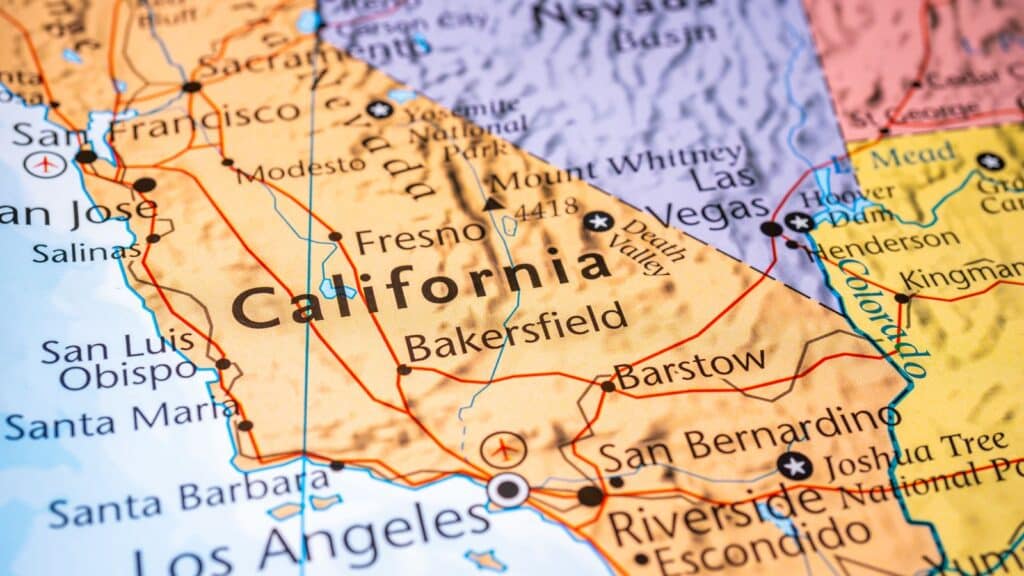
California tops the list of foreign-born residents, with 26.7% of people living in the state coming from a different country. Immigrants in California support the state’s hospitality industry and work in the buzzing STEM and healthcare sectors.
New Jersey (23.5%)
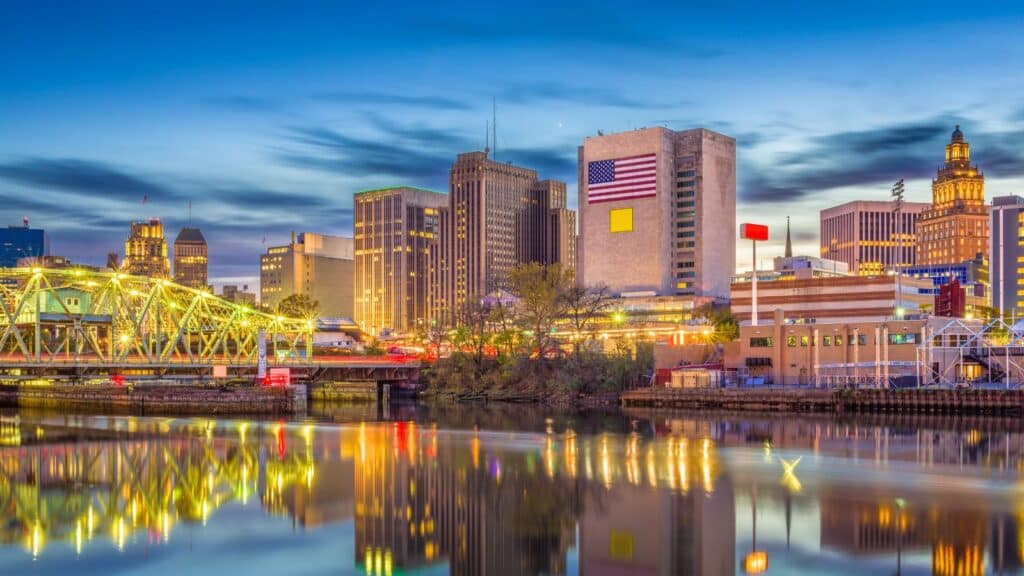
Second on the list of states with the most immigrants is New Jersey, which has 2.2 million foreign-born residents. While an estimated 475,000 undocumented people are living in New Jersey, the majority of immigrants play a crucial role in the state’s retail, science, and technology industries.
New York (22.7%)
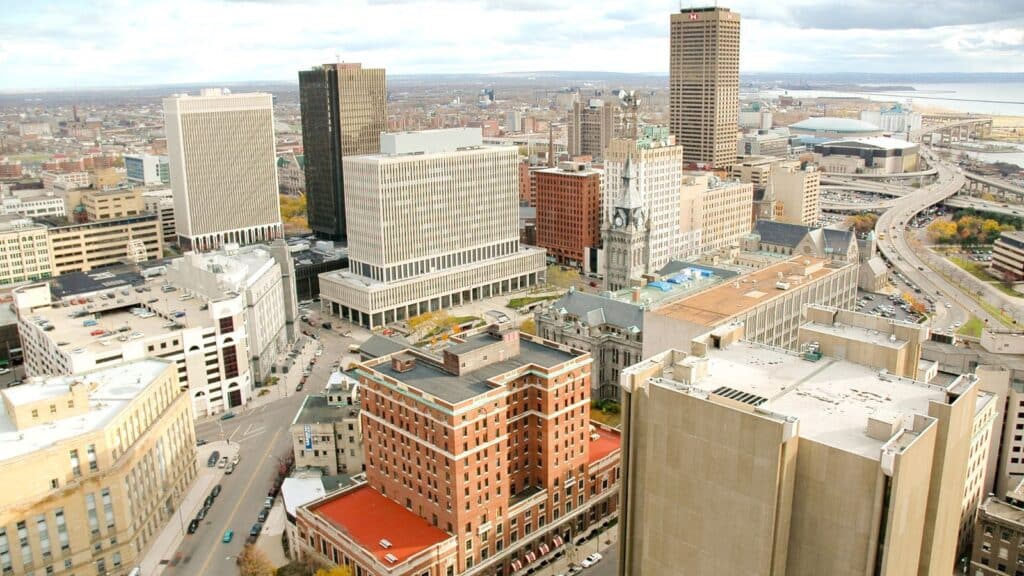
Historically, New York has had a high number of immigrants since people sailed into Ellis Island in 1890. New York has 4.5 million immigrants who feel welcome in the multicultural state.
Florida (21.7%)
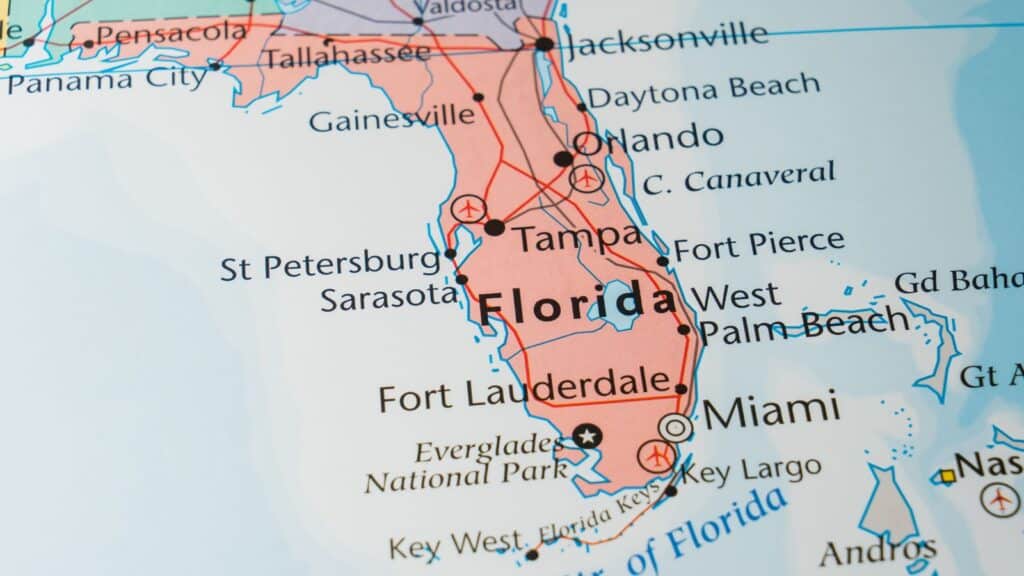
Like New York, Florida has a long history of immigration. Since the 19th century, people from the Caribbean island have seen Florida as a destination to call home. The state has since seen people flee from Haiti and Cuba, seeing America as a haven while still being close to home.
Texas (17.2%)
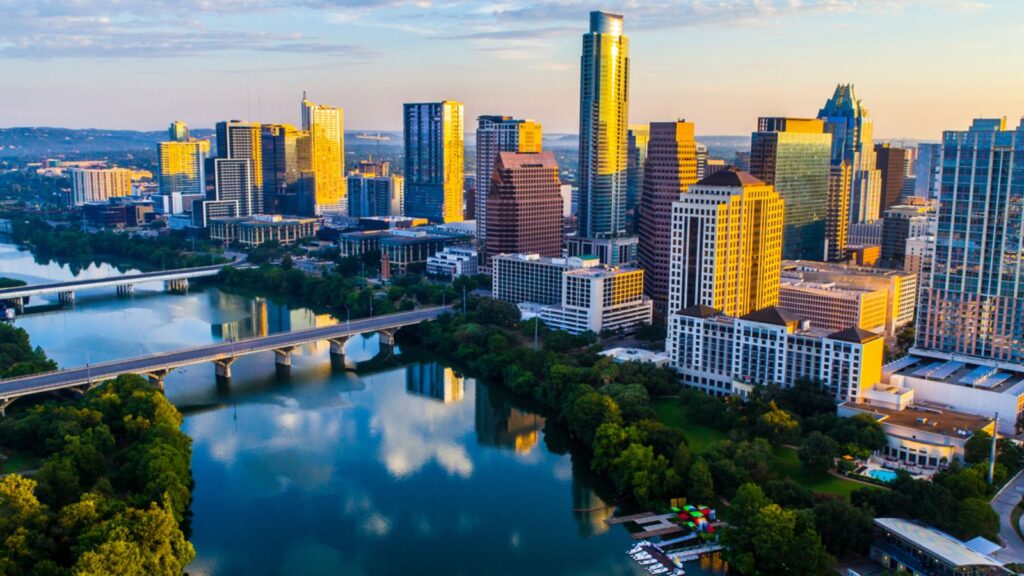
Sharing a long border with Mexico makes Texas a natural entry point for immigrants from Mexico and Central America. There are currently 600,957 foreign-born people living in the state, taking advantage of its booming agriculture and construction industries.
Nevada (18.9%)
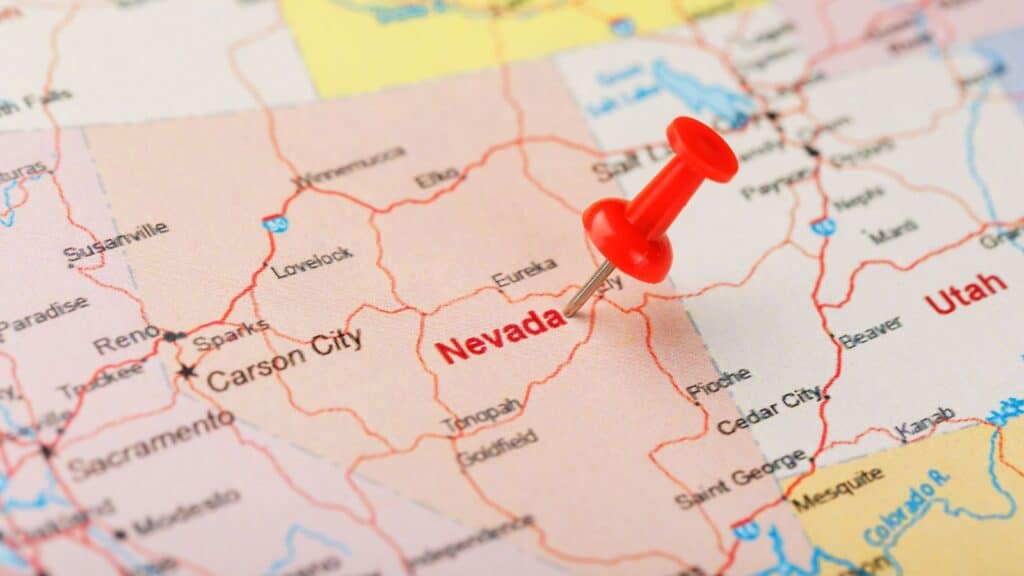
Many immigrants head to Nevada’s most populous city, Las Vegas, as they are almost guaranteed work. With a year-round tourist industry, Vegas businesses are happy to support immigrants wanting to work in the U.S.
Massachusetts (18.0%)
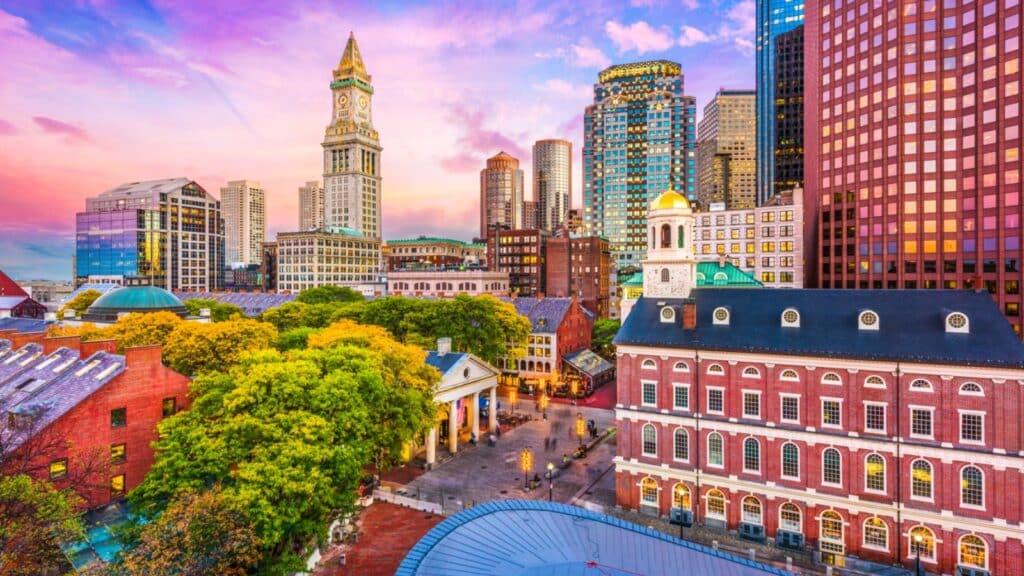
Massachusetts is a hub for innovation and technology, attracting immigrants from all over the world. The state is also home to high-class universities, including Boston and Harvard. Students flock to the state for education, quickly falling in love with it and wanting to settle there long-term.
Hawaii (17.1%)

Hawaii’s position in the central Pacific Ocean has historically made it a crossroads for trade and migration. With a history of being welcoming to foreigners, Hawaii is never short on people to work in their thriving 17.8 billion tourist industry.
Maryland (16.7%)
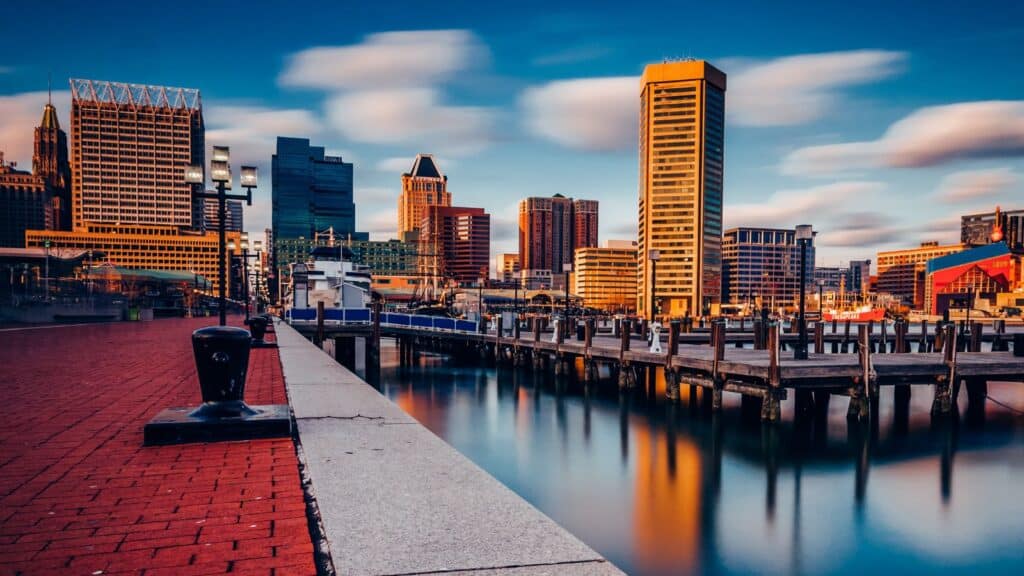
In 2022, Maryland had 1 million immigrants living in the state. The state was founded as a refuge for English Catholics in the 17th century and has welcomed people ever since. Two of the major draws of Maryland are its proximity to Washington, D.C., and busy port cities such as Baltimore.
Connecticut (15.7%)
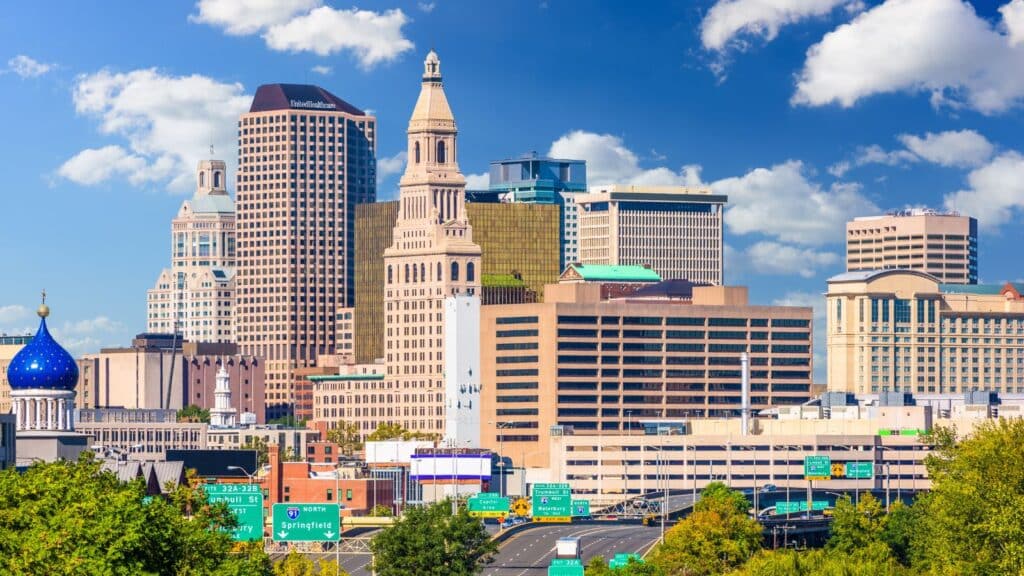
The Industrial Revolution of the 19th century brought a surge of immigrants from Ireland, Italy, and Poland to Connecticut’s industrial cities. Their job market is still strong, with manufacturing and insurance workers flocking to the city for stable positions.
Illinois (15.8%)
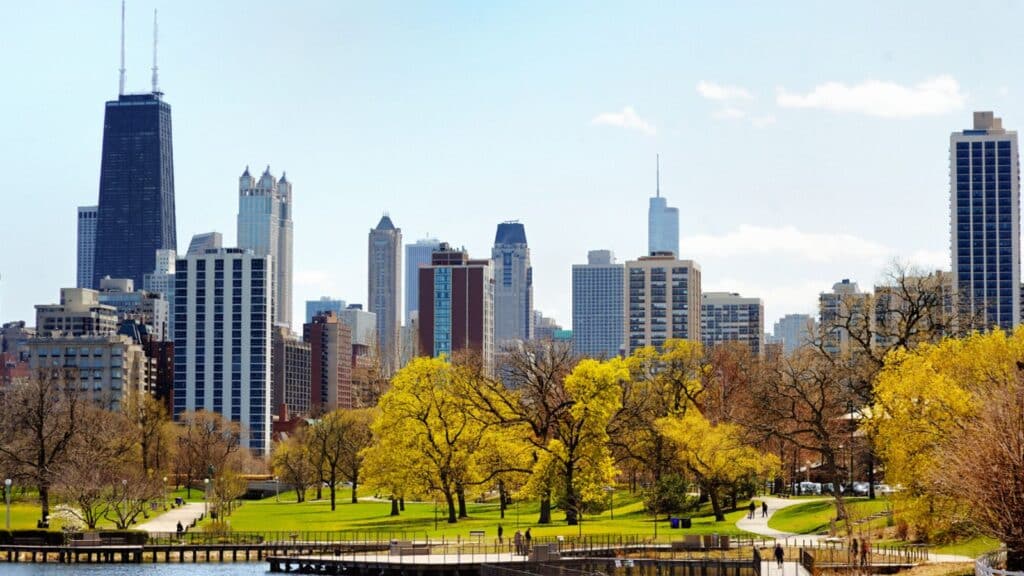
Illinois’s location on the Great Lakes system makes it a major transportation hub, making it a natural entry point for immigrants arriving by ship. 1.7 million immigrants live in Chicago alone, the economic capital of the state.
Georgia (14.7%)
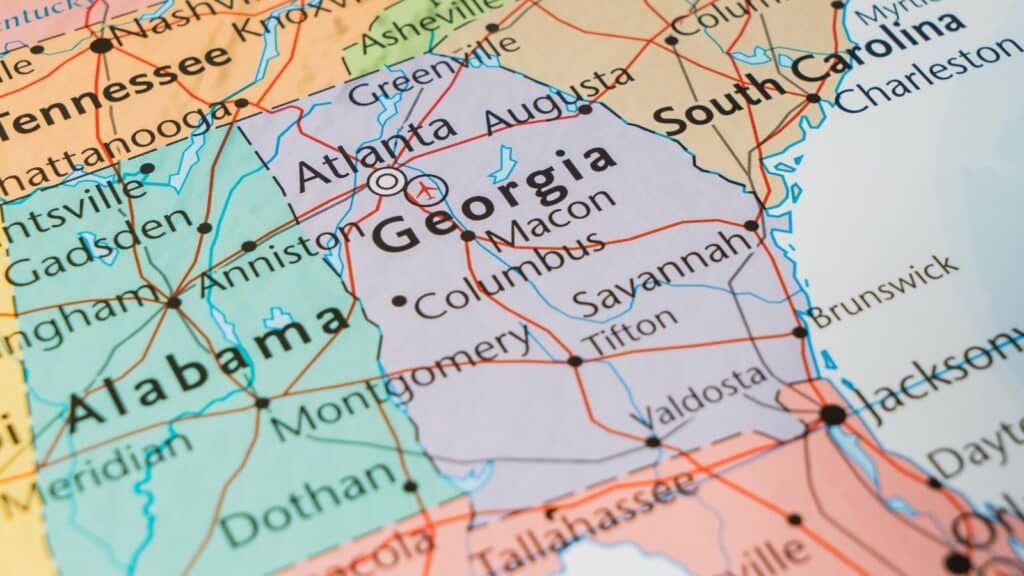
Like Texas, Georgia’s proximity to Mexico attracts people looking to move to the U.S. for work and a better standard of living. Construction, agriculture, and healthcare are all industries with regular job openings, and the cost of living is lower than in some other states.
Virginia (14.3%)
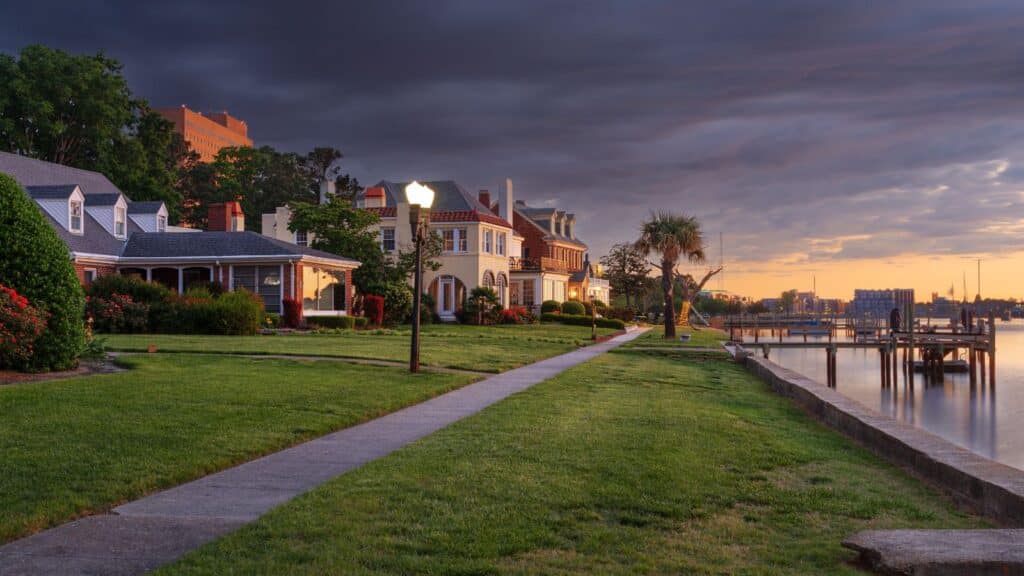
Virginia’s location, bordering Washington, D.C., the nation’s capital, attracts immigrants seeking employment opportunities in the federal government or related sectors. The state has a history of immigration, and many new immigrants in the area are looking to join family members.
Arizona (14.1%)

Arizona has a higher number of immigrants than many other U.S. states. It shares a border with Mexico and relies on the labor of people crossing over. Arizona’s economy has experienced significant growth in recent decades, particularly in construction, tourism, and service industries.
District of Columbia (14%)
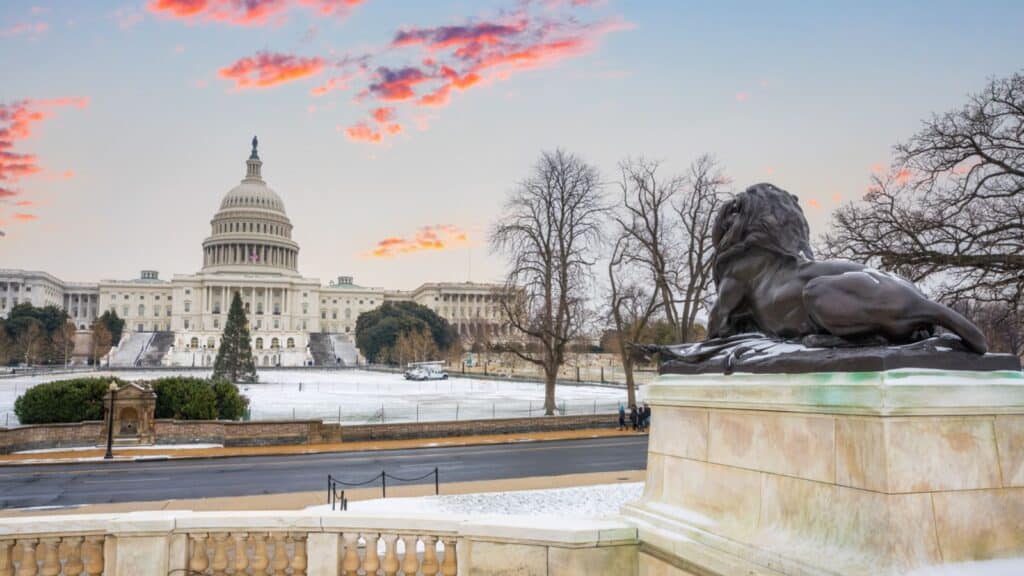
As the nation’s capital, D.C. has historically attracted people from all over the United States, including immigrants seeking opportunities. Universities like Georgetown and George Washington attract international students, some of whom may choose to stay and work in the state.
Colorado (13.9%)
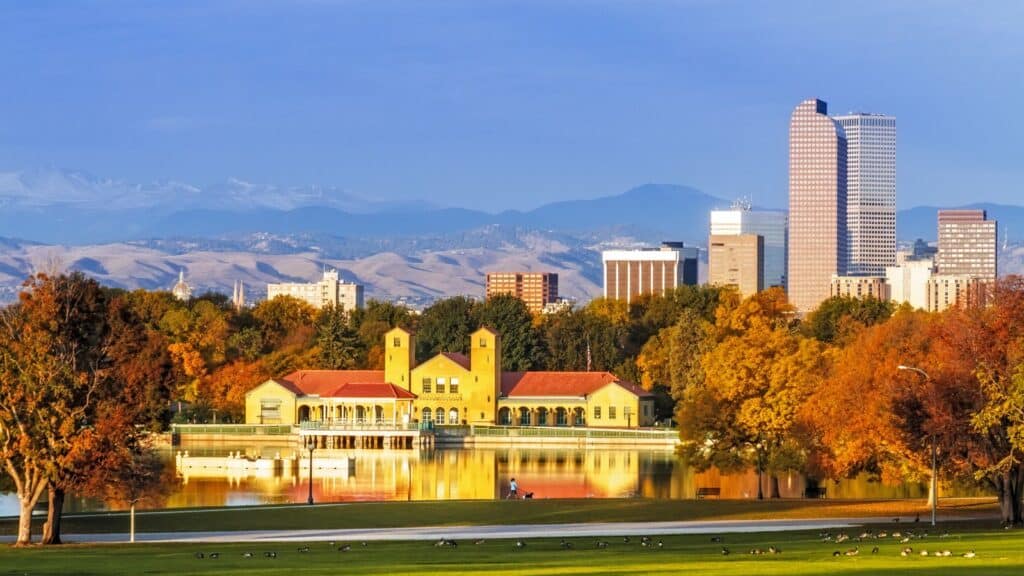
Colorado has emerged as a significant technology hub, attracting highly skilled immigrants in computer science, engineering, and related fields. The state’s natural beauty, mountains, and ski resorts also attract people looking for a better quality of life from around the globe.
Alaska (13.8%)

While not strictly immigration in the modern sense, the arrival of various indigenous peoples thousands of years ago laid the foundation for Alaska’s cultural diversity. More recently, Alaska’s abundant natural resources, including oil, gas, minerals, and fish, have historically attracted immigrants seeking jobs in these sectors.
Rhode Island (13.7%)
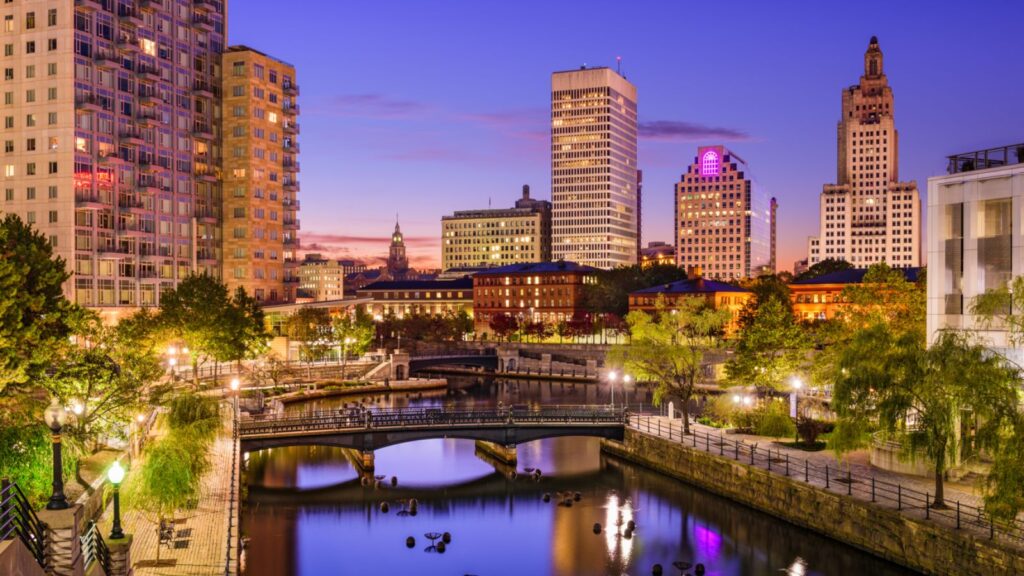
European immigrants, particularly from Ireland and England, sought religious freedom and economic opportunities in the growing textile industry back in the 17th and 18th centuries. In recent decades, Rhode Island has seen a growing number of immigrants from the Dominican Republic.
Delaware (13.3%)
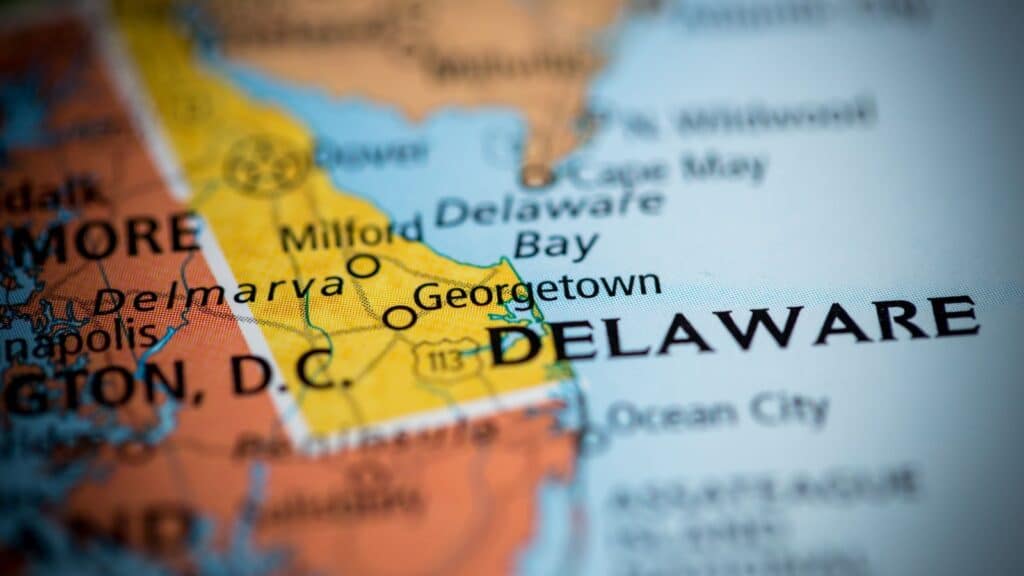
Delaware’s proximity to major metropolitan areas like Philadelphia and New York City makes it an attractive option for immigrants seeking job opportunities. The state also has a lower cost of living than New York and California, making it attractive to those on a low income.
Oregon (13.2%)
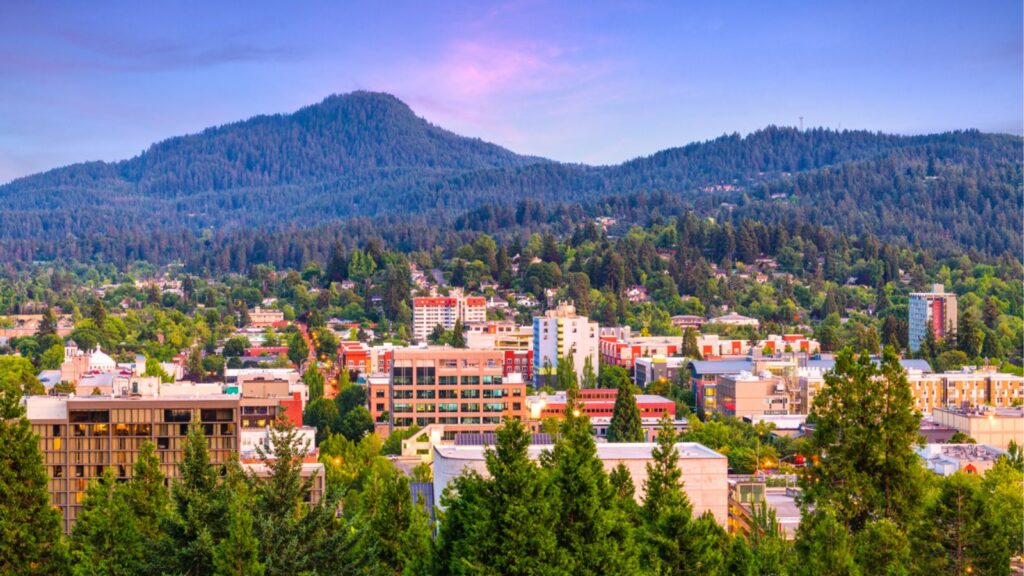
Oregan’s natural beauty, mountains, forests, and long coastline can appeal to immigrants seeking a connection with nature and a potentially different lifestyle. The state offers many job opportunities for immigrants with diverse skill sets, from healthcare to retail, and many people are settling down to have a family in the area.
Louisiana (12.9%)
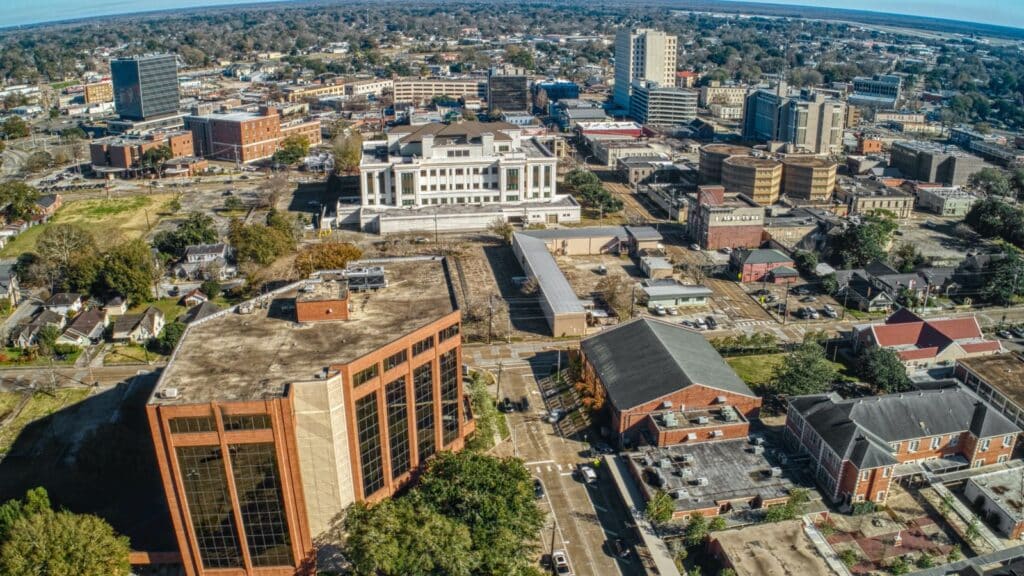
Louisiana’s early history involved French and Spanish colonization, which impacted the state’s cultural makeup. Its position at the mouth of the Mississippi River made it a major port city and transportation hub, thus attracting immigrants.
19 Grim Realities of Dating After 50 That Are Often Overlooked

19 Grim Realities of Dating After 50 That Are Often Overlooked
26 Things That Will Be Extinct Because Millennials Refuse to Buy Them

26 Things That Will Be Extinct Because Millennials Refuse to Buy Them
24 Outdated Slang Terms You Absolutely Shouldn’t Be Using Anymore

24 Outdated Slang Terms You Absolutely Shouldn’t Be Using Anymore
25 Hardest Parts About Getting Older That No One Ever Talks About

25 Hardest Parts About Getting Older That No One Ever Talks About




